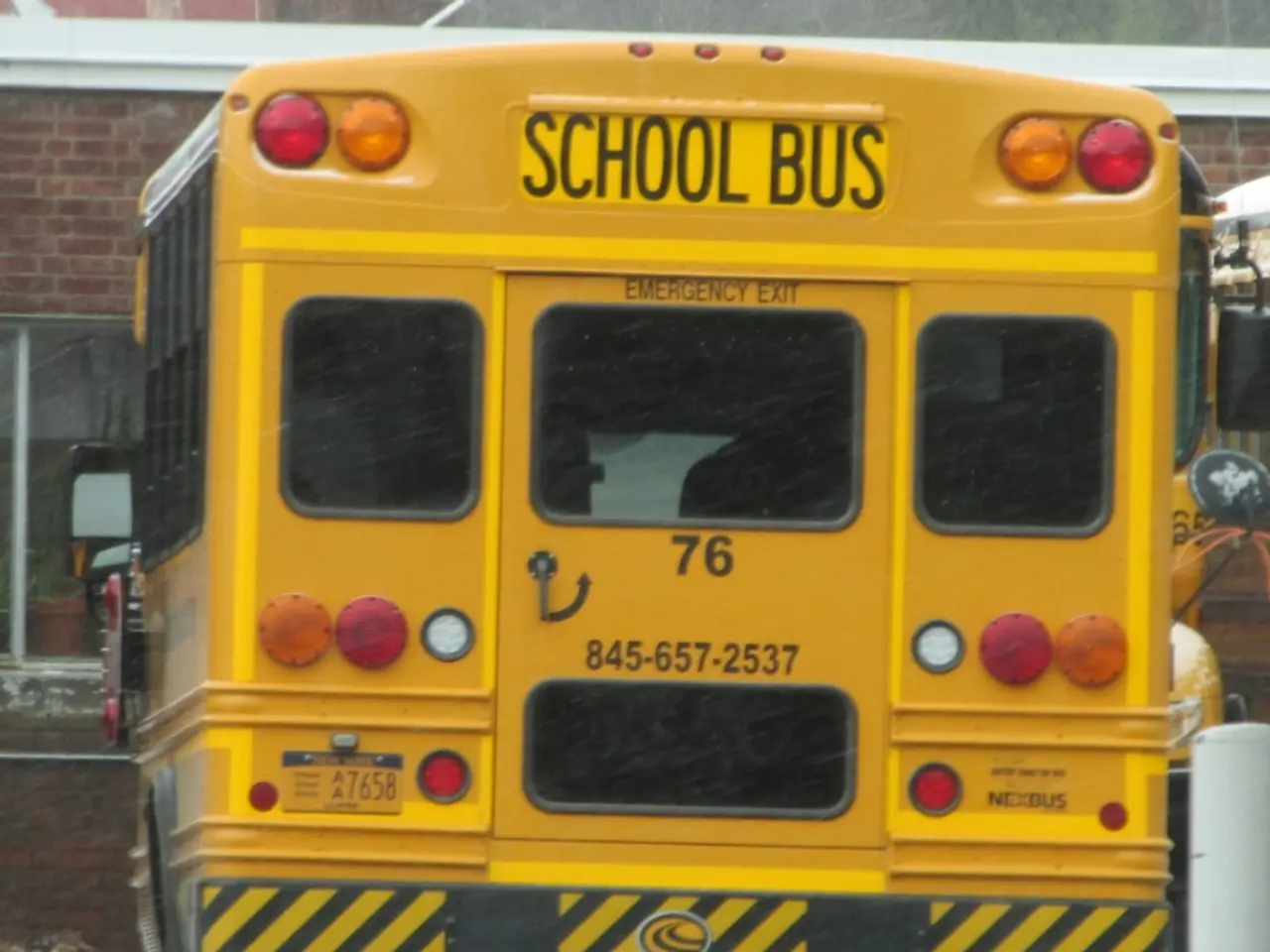National School Voucher Program's Key Component: Tax Credit Scholarships Revealed
The United States is set to introduce a new national school voucher program in 2027, offering families the opportunity to receive scholarships for private and religious school expenses. This federal tax credit initiative, known as the Republican megabill, was signed into law by President Donald Trump in July 2021.
Approximately 21 states, including Arizona, Georgia, and Montana, are expected to participate in the program, with conservative lawmakers in North Carolina already introducing a bill to allow families to take part. However, each state has the authority to regulate the program's implementation, setting income caps or non-discrimination requirements for participating schools or scholarship-granting organizations (SGOs).
Scholarship funds can be used to pay for tuition at private or religious schools and may also cover costs related to education services and providers, not solely tuition. Eligible expenses might include room and board, services for students with disabilities, transportation, tutoring, school supplies like books, computers, and uniforms. Some private schools may choose not to participate in the program.
In some states, home-schooling might qualify students for the scholarships, but in others, it might not. Families eligible to receive scholarships generally must have household incomes not exceeding 300% of their area's median gross income, aiming to target middle and lower-income families. However, concerns exist about initial beneficiaries skewing toward wealthier families already in private schools.
The program could cost the Treasury up to $4 billion per year, according to an analysis by the nonpartisan Joint Committee on Taxation. Taxpayers who want to contribute to support the scholarships can do so beginning in late 2026.
The program remains controversial due to concerns about potential impacts on public school funding and equity issues. Critics, including teachers unions and education experts, argue that it is a handout for wealthy families and will harm public schools by reducing funding for them. On the other hand, advocates believe it provides much-needed alternatives for families seeking better educational opportunities for their children.
As the program's launch approaches, families have until 2027 to research schools that might accept scholarships. Nonprofits and districts are expected to partner on finding ways to tap the federal scholarship dollars as well. Some supporters of school vouchers wish the legislation had gone further, as it is not universally available.
Disability advocates note that private schools are not required to serve students with disabilities. Advocates for the separation of church and state also worry about the program channeling money from government coffers to religious schools. The fight for states to participate in the program continues, with organizations like Teach Coalition advocating for Jewish schools to get access to government funding.
It's important to emphasize that the cost of the organization's work is not covered by the revenue generated by the story, and readers are encouraged to join and support the organization to help keep their reporting going. The average cost of private school tuition is roughly $13,000, but it's unclear whether there is a limit to how much an individual student could collect in scholarships.
As the program unfolds, it will be crucial to monitor its impact on education, equity, and public funding across the United States.
- The education-and-self-development implications of the new national school voucher program, which offers scholarships for private and religious school expenses, are subject to political debates, with concerns about potential equality issues and funding for public schools.
- Special education services and providers, such as room and board, services for students with disabilities, and transportation, can be covered by scholarship funds under the new national school voucher program.
- Critics of the national school voucher program, including teachers unions and education experts, argue that it will exacerbate inequality by providing unwarranted advantages to wealthier families, while advocates view it as a means to offer better educational opportunities for children.




